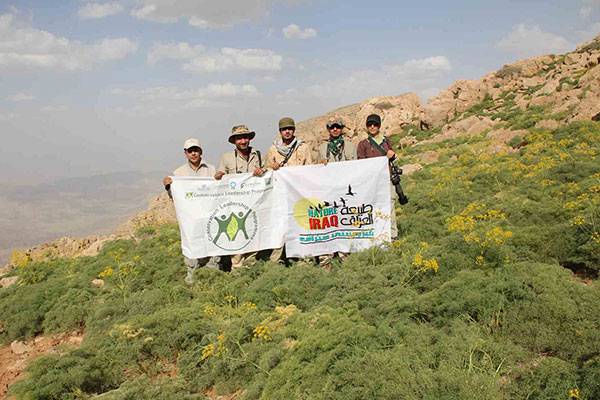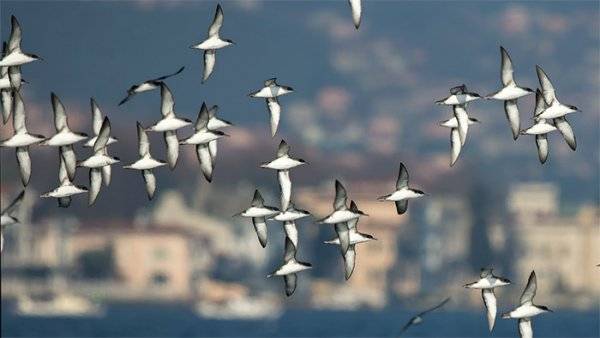Guest blog by Mervat Batarseh of RSCN
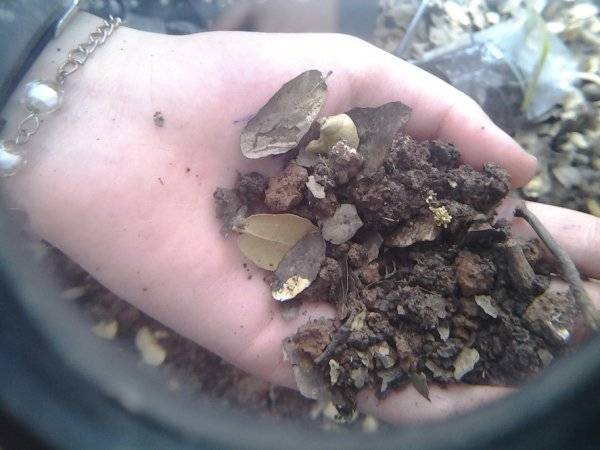
Not too long ago, children used to spend most of their time in the nature playing and relaxing. Their connection to the place was solid, and it meant for them to preserve it. We remember how much it meant to us the places where we played, and how much it would have affected us if it had been harmed, it is part of our childhood, and we’re part of it.
Today, everything is different. The children’s connections with places has become weak. The places are no longer interest them, and they may be afraid to play out there. They do not know the living or non-living elements except through their textbooks. They are connected to other things that are very different from the nature that we have impatiently waited to go to after we finish school. We spent our weekends, annual summer breaks and even the spring breaks there in the open air, and nothing stopped us from going to play there.
Today, our children spend their time in a concrete space, touching luminous screens, but they do not know how to touch the soil or play with mud with their little fingers. They do not appreciate the flowers’ smell, the birds’ pips, and they are not aware the birds -flocks that visit the place in search of food and shelter. Even the scene of dew on the leaves, not even the smell of soil at the first rainfall when rain drops touch the face of the ground.
This issue is not only in Jordan, the urbanization has spread widely in the world cities, children have lost their connection to the place, and they no longer know their natural places, therefore we will not expect them to rush to protect it in accordance to the principle “sense of place”.
This was one of the reasons to develop environmental education program at the Royal Society for the Conversation of Nature. A special program was created targeting the students and aimed to reconnect them to natural places. We started the development of the program called “Nature Knight”, based on a survey the students wanted a name that make them feel mature and confident. We have developed this program for the knights to explore the natural environments, to know more about the place around them and they live in. We have worked on increasing the number of hours spent by the participants in the nature. Their visits during different seasons to understand the variation in environments among seasons, study and analyze the growth of plants, and many more of other experiences.
Students come and interact with trees, flowers, leaves and touch the fruits, draw the leaves closely, listen to the birds and know them from their sounds. In one of the programs’ evaluation after the students’ participation in the bird learning program, they were amazed when they discovered the big differences among bird species, and said “we did not know before today that the birds are that different as we know now”. Birds vary in color, size, and types and only those who work on birds closely are aware of their differences. This experience increased their love towards these beautiful species.
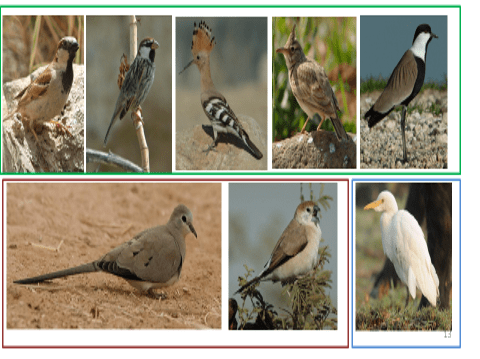
The Nature Knight program has been prepared on a series of learning objectives that cover all the biodiversity related issues of the unique ecosystem of each place. Each protected area established and managed by the Royal Society for the Conservation of Nature is a tale of the place and ecosystem it represents, which is the reason behind establishing it and the main drive to protect it.
These activities are a very small part of what nature knights experience when they learn in natural environments outside walls. They learn through experimentation and discovery. They take water samples from that natural ecosystem and analyze them using special tools and devices. When they understand the natural properties of water in a stable ecosystem, they are monitoring and looking for the reasons for any difference they may find in this medium, which later affects the sustainability of one of the natural species of the protected habitat.
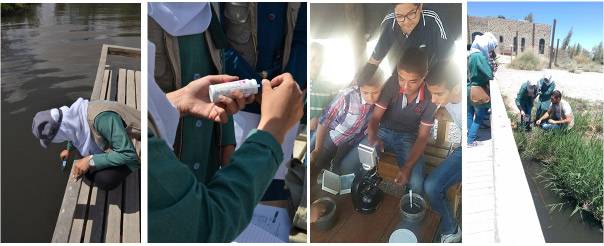
The students also learn about the plant species in the reserves. We went on a trip to the Azraq Wetland Reserve and began the practical tour and walking on the beautiful wooden bridge above the water, which was designed in line with the surrounding environment. It gives the visitor the chance to explore the place in a very excited way. In the journey of learning and on the wooden track, the knights recognize the types of wild plants that live in the reserve and know its origins and characteristics. Among what they learn about is the reed plant, where this plant came from, and how much water it consumes, then the Knights join the team and cut the reed, offering help not only to the team of the reserve, but to the birds that loved the place and to come back to it.
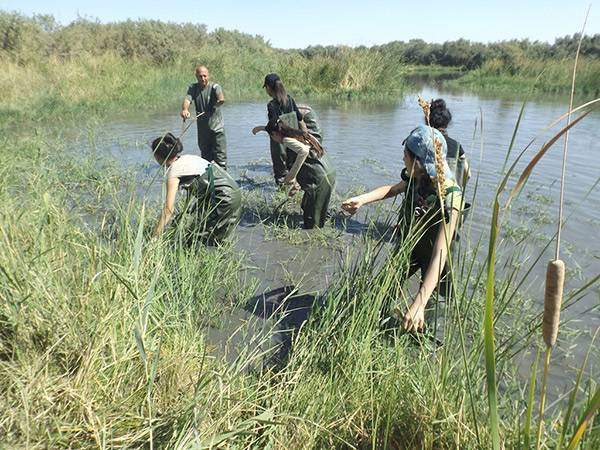
Thus, the Nature knights think as environmental scientist and act as active citizens. Moreover their activities include entertainment and enjoyment of the beauty of the place, they participate in cycling tours and roam the place in another way and thus see the area from another angle.
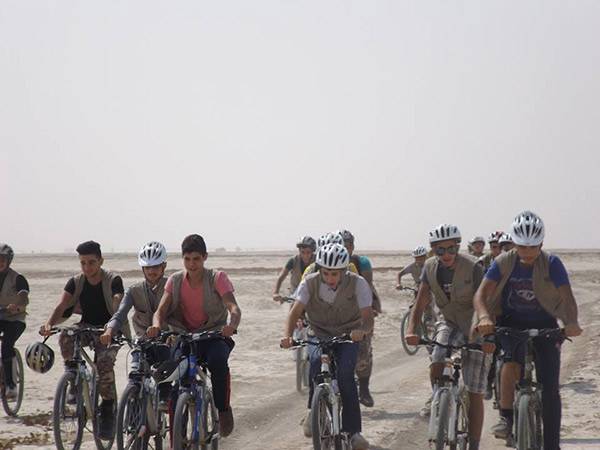
Based on this approach the Nature Knights program was developed. It has been recognized internationally for the value of the program by outstanding environmental awards including the Environmental Management Award (2016/2017) awarded by Saudi Arabia for pioneering environmental work, and also Ford award for natural conservation 2017.
This is a call of action to find learning places that reconnect children with their surrounding environment, through their parents and educational programs developers, or policy makers who works for children and the environment.
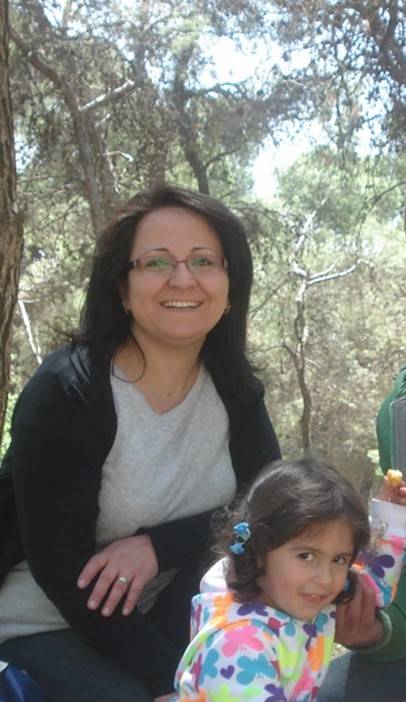
Mrs Mervat Batarseh is expert in environmental education, communication, behavior change, curricula and training, She has been leading the environmental education program at the Royal Society for the Conservation of Nature in Jordan for 13 years.
عندما يكون المكان جزء منا، و نحن جزء منه
منذ زمن ليس ببعيد كان الأطفال يقضون جزء كبير من وقتهم في الطبيعة، يلعبون ويمرحون هناك، فكان ارتباطهم بالمكان متيناً، وكان يعنيهم الحفاظ عليه. نتذكر كم كانت تعني لنا الأماكن التي لعبنا فيها، وكم كان سيؤثر فينا لو تعرضت لأي أذى، فهي جزء من طفولتنا، ونحن جزء منها.
اليوم بات كل شيء مختلف، فارتباط الأطفال بالأماكن أصبح ضعيفاَ، ولقد أصبحت الأماكن لا تعنيهم، وربما يخافون اللعب فيها ، لا يعرفون عناصرها الحية أو غير الحية الا من خلال كتبهم الدراسية، وقد باتوا مرتبطين بأوساط أخرى تختلف كل الاختلاف عن خصائص الطبيعة التي طالما انتظرنا عودتنا من المدرسة لنذهب اليها. لقد قضينا عطلاتنا الأسبوعية والسنوية الصيفية، وحتى الربيعية هناك في الهواء الطلق، ولم يمنعنا شيء من الذهاب للعب فيها.
اليوم يقضي أطفالنا أوقاتهم في حيز اسمنتي، يتلمسون شاشات مضيئة، لكنهم لا يعرفون كيف يتلمسون التراب أو يعجنونه بأناملهم التي لم تنمو بعد، ولا يدركون معنى عبير الورد، ولا زقزقة العصافير، ولا يعرفون أسراب الطيور التي تزور المكان بحثاً عن الغذاء والمأوى، ولا يعرفون حتى مشهد الندى على أوراق الشجر، ولا حتى رائحة التراب عند أول هطول للمطر عندما تلامس قطرات المطر وجه الأرض.
هذا المشهد ليس في الأردن فقط، فلقد امتدت مظاهر التحضر والعيش في المدن على نطاق واسع في العالم، وفقد الأطفال ارتباطهم بالمكان، وما عادوا يعرفون أماكنهم الطبيعية، وهنا لن نتوقع منهم الاسراع لحمايته وفقاُ لمبدأ الارتباط بالمكان.
من هنا جاءت احدى المبررات لتطوير برنامج التعليم البيئي في الجمعية الملكية لحماية الطبيعة، بابتكار برنامج خاص يستهدف الطلبة بهدف إعادة احياء ارتباطهم بالمكان، ولقد بدأنا عملية تطوير البرنامج الذي سمي ب “فارس الطبيعة” وفقاً لاستفتاء أجرى مع الطلبة حيث أشاروا الى رغبتهم باسم يشعرهم بالثقة والنضج. أعددنا هذا البرامج ليستكشف الفرسان البيئات الطبيعية، ويعرفوا أكثر عن المكان المحيط بهم ويعيشون فيه، وعملنا على زيادة عدد الساعات التي يقضيها المشارك في جنبات الطبيعة، فهو يزورها في مختلف المواسم ليفهم التباين في البيئات ما بين الفصول، ويدرس ويحلل نمو النباتات، وغيرها الكثير من التجارب.
يأتي الطلبة ويتفاعلون مع الأشجار والأزهار، وأوراق الشجر، ويلامسون ثمارها، ويرسمون اوراقها عن كثب، ويستمعون الى تغاريد الطيور ويعرفونها من زقزقتها، وأذكر في بعض البرامج التي نفذناها لتقييم الطلبة بعد مشاركتهم ببرنامج التعلم عن الطيور، كم كان اندهاشهم عندما اكتشفوا حقيقة الاختلاف الكبير ما بين أنواع الطيور، وقالوا لم نعرف قبل اليوم أن الطيور مختلفة كما عرفنا الآن. ان الطيور تتباين في اللون والحجم والخصائص. ولا يدرك ذلك سوى من يتعرف عليها عن كثب، فزادت محبتهم لهذه المخلوقات الوديعة.

تم تنظيم البرنامج التعليمي ضمن أهداف تعلمية تتسلسل لتغطي كافة المواضيع المرتبطة بالتنوع الحيوي لذلك المكان الذي يتسم بنظام بيئي فريد، فلكل محمية من المحميات الطبيعية التي أسستها وتديرها الجمعية الملكية لحماية الطبيعة حكاية مع المكان والنظام البيئي الذي تمثله، والذي كان سبباً لتأسيسها، ويعد محوراً لصون الطبيعة فيها.
هذه الأنشطة جزء بسيط جداً مما يتعرض له فرسان الطبيعة من خبرات تعلم حينما يتعلمون في الأوساط الطبيعية خارج الأسوار، فهم يتعلمون من خلال التجريب والاكتشاف، ويأخذون عينات المياه من ذلك النظام البيئي الطبيعي ويحللونها مستخدمين أدوات وأجهزة متخصصة، وعندما يفهمون الخصائص الطبيعية للمياه في حالة اتزان النظام البيئي، فانهم يراقبون ويبحثون أسباب أي اختلاف قد يجدونها في هذا الوسط والذي يؤثر لاحقاً على استدامة أحد الأنواع الطبيعية التي تتخذ من المحمية موئلاً لها.

كما يتعرف الطلبة على الأنواع النباتية الموجودة في المحميات، وعند الوصول الى محمية الأزرق المائية وبدء الجولة العملية والسير على الجسر الخشبي الجميل فوق المسطح المائي، والذي جاء تصميمة متماشياً مع النظام والوسط المحيط، حيث يوفر للزائر فرصة لاكتشاف المكان بطريقة مشوقة. وفي رحلة التعلم وضمن المسار يتعرف الفرسان على أنواع النباتات البرية التي تعيش في المحمية ويعرفون أصولها وخصائصها، و من بين ما يتعرفون عليه عن قرب نبات القصيب، وكيف جاء هذا النبات، وكم يستهلك من مياه، فينضم بعدها فرسان الطبيعة الى فريق العمل ويبدأون بالمشاركة في قص القصيب مقدمين بذلك العون ليس لفريق المحمية وحسب وانما للطيور التي أحبوها لتبقى تعود الى المكان وتغرد بحريه.
على هذا النهج، وعلى هذا الفكر بنيت أفكار برنامج فرسان الطبيعة، و نالت اعترافاً عالمياً بقيمة البرنامج من قبل جوائز بيئية مرموقة منها جائزة الإدارة البيئية في دورتها 2016/2017، والتي تمنحها المملكة العربية السعودية للأعمال البيئية الريادية، كما حاز البرنامج أيضاً على جائزة فورد للمحافظة على البيئة لعام 2017.

وبذلك فان فرسان الطبيعة يفكرون كباحثين بيئييين، وينشطون كمواطنيين بيئيين ولا تخلوا هذه البرامج من الترفيه والشعور بجمالية المكان، فهم يشاركون بجولات الدراجات ويجوبون المكان بطريقة أخرى و بذلك يتعرفون على منطقتهم من زاوية أخرى.

على هذا النهج، وعلى هذا الفكر بنيت أفكار برنامج فرسان الطبيعة، و نالت اعترافاً عالمياً بقيمة البرنامج من قبل جوائز بيئية مرموقة منها جائزة الإدارة البيئية في دورتها 2016/2017، والتي تمنحها المملكة العربية السعودية للأعمال البيئية الريادية، كما حاز البرنامج أيضاً على جائزة فورد للمحافظة على البيئة لعام 2017.
هذه دعوة الى إيجاد مساحات تعلمية تعمل على إعادة ارتباط الأطفال بمحيطهم الخارجي سواء من قبل اهاليهم، او مطوري برامجهم، او راسمي السياسات التي تعني بالأطفال والبيئة.

السيدة ميرفت بطارسة خبيرة في التعليم البيئي، والاتصال، و تغيير السلوك، والمناهج والتدريب. وتقود برنامج التعليم البيئي في الجمعية الملكية لحماية الطبيعة منذ ثلاثة عشر عاماً.

